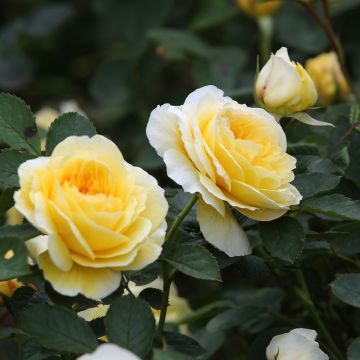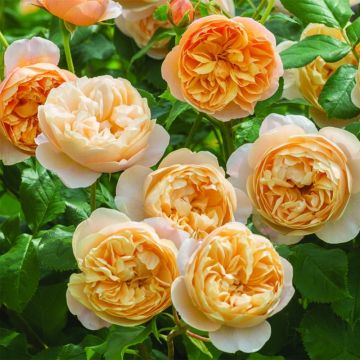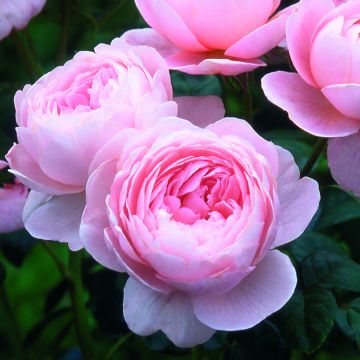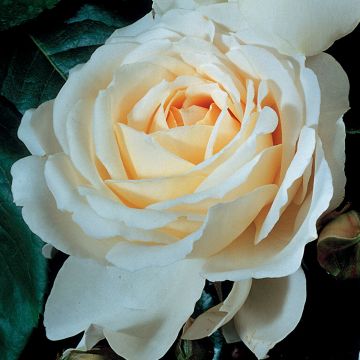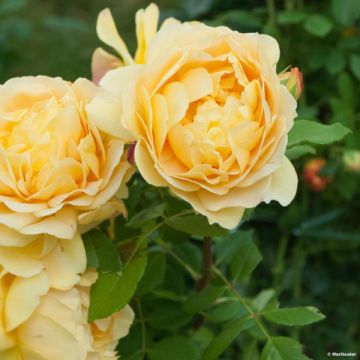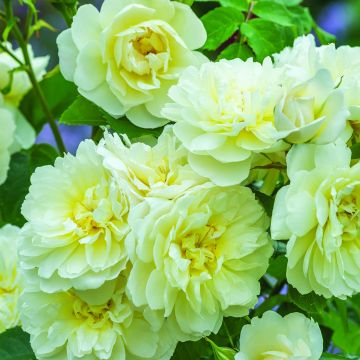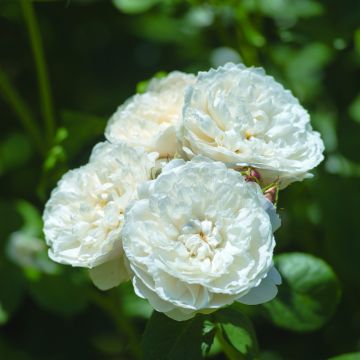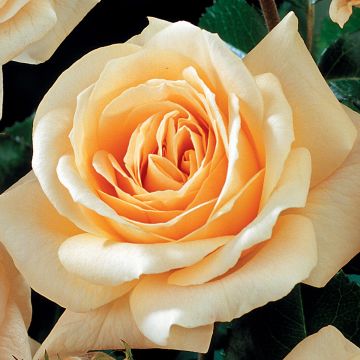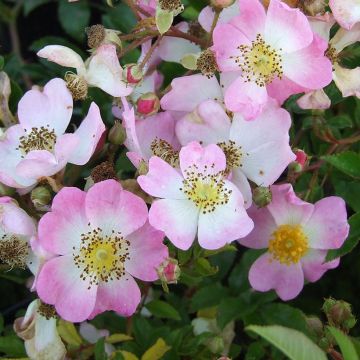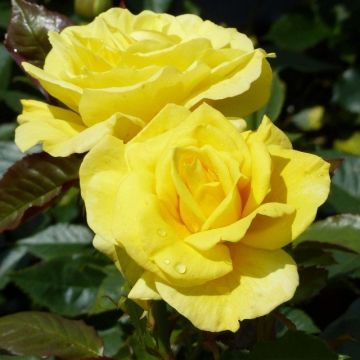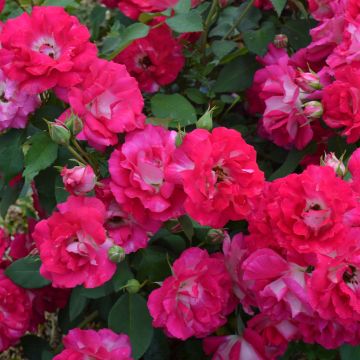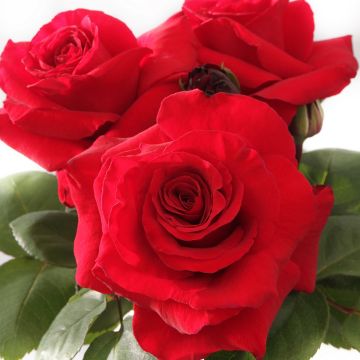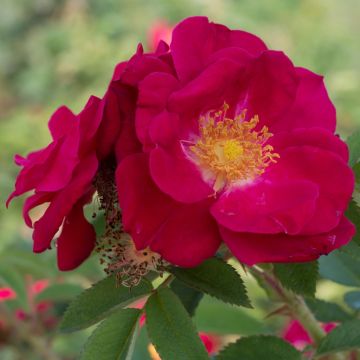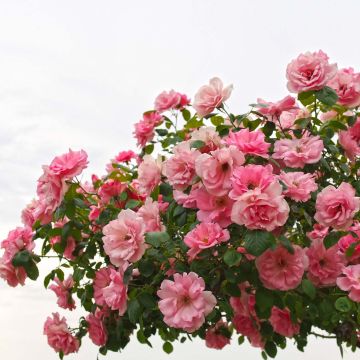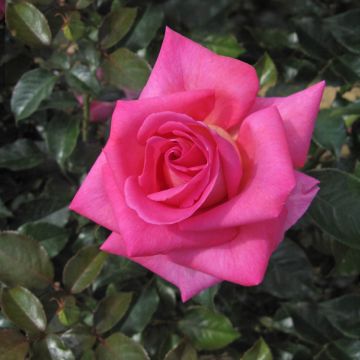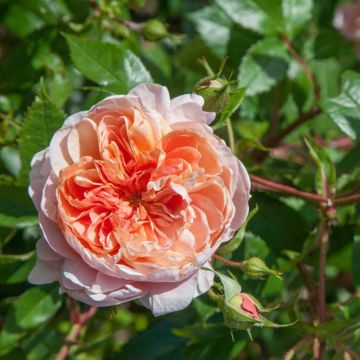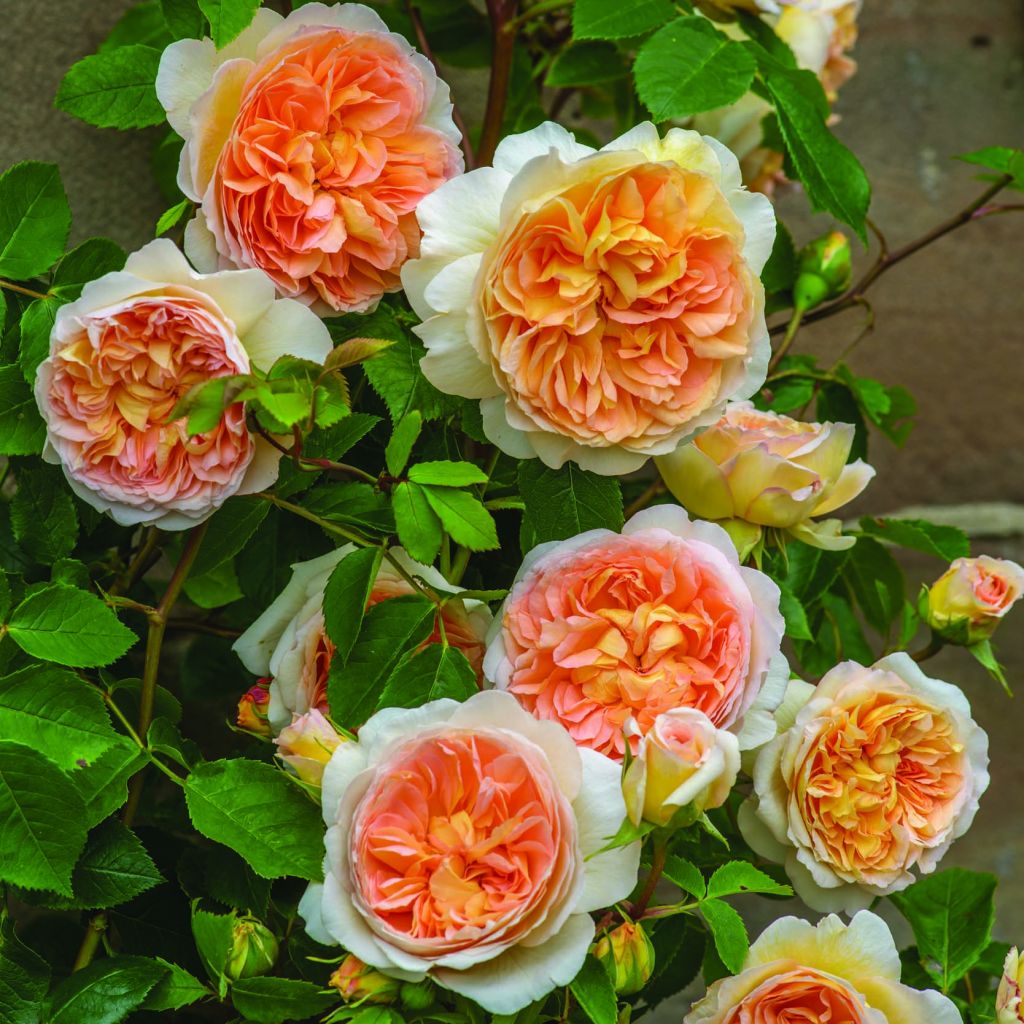

Rosa 'Bathsheba' - Climbing Rose
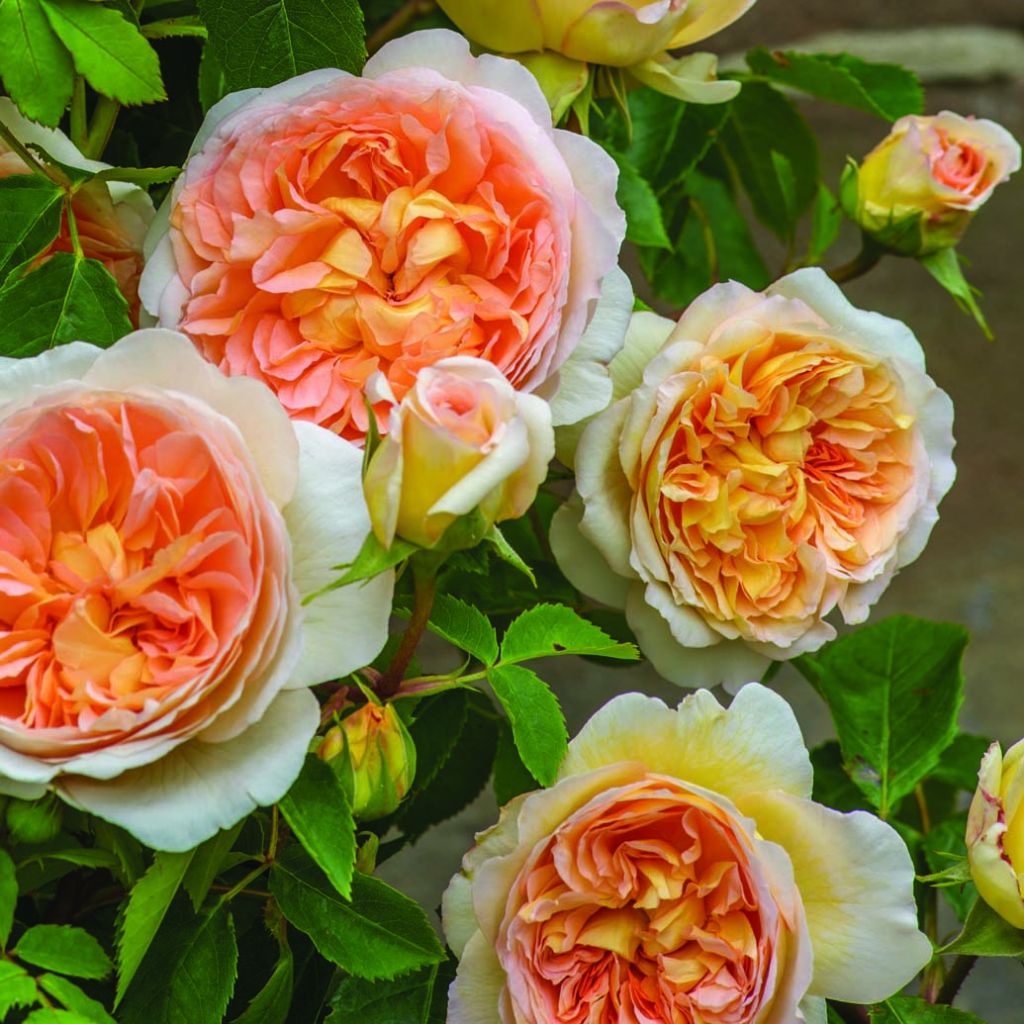

Rosa 'Bathsheba' - Climbing Rose
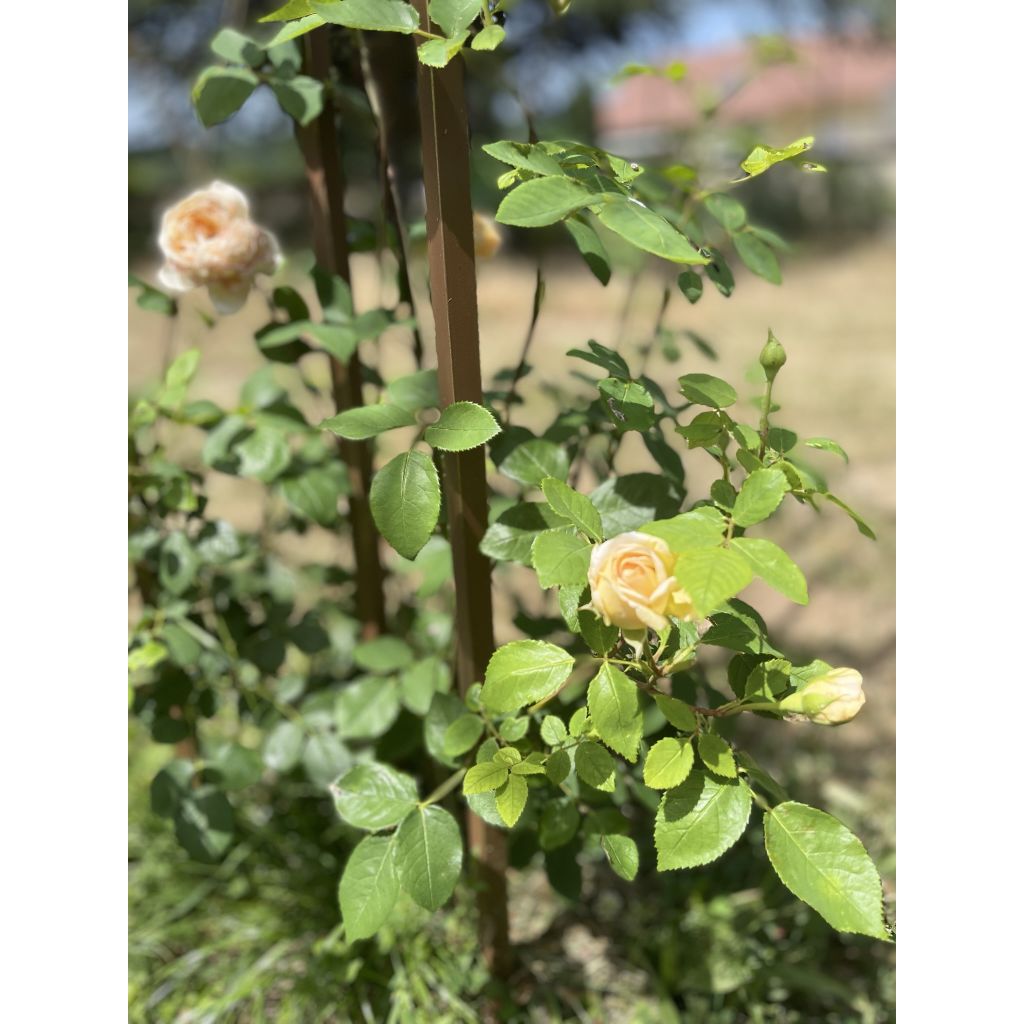

Rosa 'Bathsheba' - Climbing Rose


Rosa 'Bathsheba' - Climbing Rose
Rosa 'Bathsheba' - Climbing Rose
Rosa Bathsheba® 'Auschimbley'
Auschimbley
This item cannot be shipped to the selected country
Delivery charge from €5.90
Delivery charge from €5.90
Delivery to Corse prohibited
More information
Schedule delivery date,
and select date in basket
This plant carries a 24 months recovery warranty
More information
We guarantee the quality of our plants for a full growing cycle, and will replace at our expense any plant that fails to recover under normal climatic and planting conditions.
From €5.90 for pickup delivery and €6.90 for home delivery
Express home delivery from €8.90.
From €5.90 for pickup delivery and €6.90 for home delivery
Express home delivery from €8.90.
Delivery to Corse prohibited: UE law prohibits the import of this plant from mainland France to Corse as part of the fight against Xylella fastidiosa. Please accept our sincere apologies.
More information

Does this plant fit my garden?
Set up your Plantfit profile →
Description
The English rose 'Bathsheba' brings fresh air to climbing English roses. This brand new variety develops stems that can reach 3 metres (10 feet), loaded from June to October with large, very double and bicoloured roses with an original and refined aesthetic. Their shape is that of a classic rosette, with a tone of pink-apricot mixed with soft yellow, but each one seems to rest on a collar of white-cream peripheral petals that form like a halo of light, the whole producing a very bright apricot colour. A highly fragrant rose, gently eccentric, that one can well imagine trained on a small arch near the terrace.
This rose with multiple qualities reaches quite significant dimensions, at least 2.50 metres (8 feet) in height by 1.50 metres (5 feet) in spread. Its habit is climbing, and its sturdy, woody stems adorn medium-green foliage with a satin-like finish. It proves to be quite resistant to diseases. Its elongated, apricot-yellow buds open into classic rosettes, slightly cup-shaped, about 10cm (4in) wide, and filled with numerous tightly packed petals. They offer a delightful mix of colours: the upper surface of the petals is of a delicate pink-apricot hue, and their undersides are a soft yellow. The peripheral petals, in strong contrast, are cream-coloured. Its fragrance evoking myrrh is powerful, balanced, floral and warm, with notes of honey and then Rose Thé. The repeat flowering is almost continuous, in a voluptuous apricot hue with warm nuances, in perfect harmony with the colours of autumn.
Resistant to diseases and cold temperatures (-25 to -30°C), the climbing English rose 'Bathsheba' is an easy plant to cultivate in all deep soils, and its flowers pair well with those of English or old roses in warm or pastel shades of white (Alberic Barbier, Bouquet Parfait), such as Tuscany, Canary Bird, Graham Thomas, Morning Mist or Fighting Temeraire. It forms a beautiful composition with the single and changing flowers of the China rose 'Mutabilis' or with the simple, orange to copper corollas of Rosa foetida bicolour. It contrasts well with purple flowers, such as the rose 'Blue Eyes', Blue Girl, Lady Perfume, or climbing Sissi. Its growth allows it to hide a small structure, bring life back to a dead tree, or even embrace a column or arch near the terrace.
Its name is inspired by the sparkling 'Bathsheba', the heroine of Thomas Hardy's novel "Far from the Madding Crowd".
Obtained by David Austin in 2016.
Report an error about the product description
Rosa 'Bathsheba' - Climbing Rose in pictures
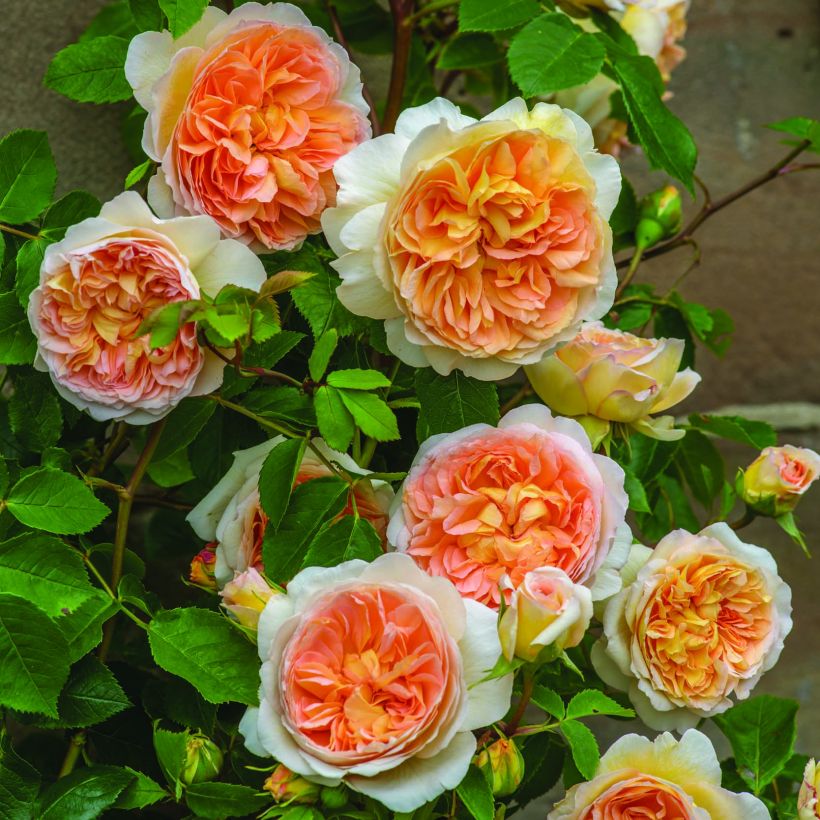

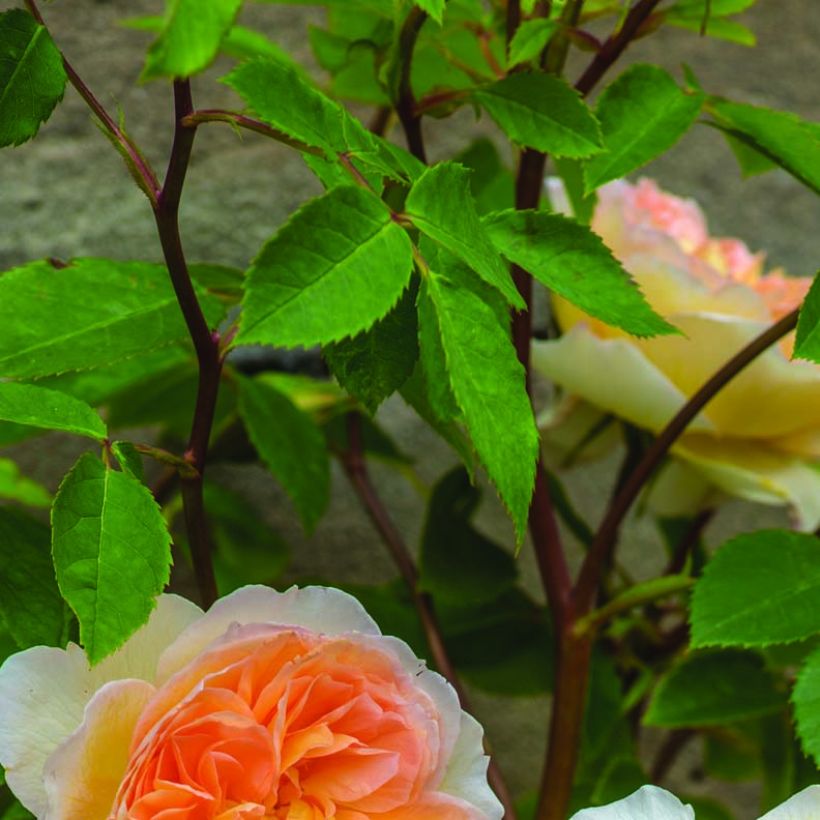

Plant habit
Flowering
Foliage
Botanical data
Rosa
Bathsheba® 'Auschimbley'
Rosaceae
Auschimbley
Cultivar or hybrid
Rosa canina Laxa (4L/5L pot, Wrapped bare root)
Other David Austin Roses
Planting and care
Plant your 'Bathsheba' English climbing rose in a sunny or lightly shaded position. English roses are tolerant but will not tolerate excessive limestone. They will adapt to any garden if the soil is well-worked and rich. To plant your rose, work the soil by crumbling it and put an amendment, such as blood, fish, and bone, at the bottom of the planting hole. Water generously after planting to remove any air pockets. Water regularly for a few weeks to facilitate rooting.
Pruning English roses is essential for flowering. At the end of winter, shorten the branches to 3-5 eyes above the ground (at the lowest), and choose an outward-facing bud for a more elegant habit. Take advantage of this pruning to remove dead wood and unsightly branches. Prune at an angle above a bud. As the flowers bloom, remove faded flowers; this stimulates the development of other buds.
For climbing roses, the stems that bloomed the previous year should be reduced to 3 or 4 buds or pruned to 15cm (6in). The new sturdy stems will be tied, and the old stems will be removed if necessary. Choose an outward-facing bud for a more elegant habit. Take advantage of this pruning to remove dead wood and unsightly branches. Prune at an angle above a bud. As the flowers bloom, remove faded flowers; this stimulates the development of other buds.
Roses in late summer often have stains or blemishes, but these do not harm their development as they are a natural occurrence.
Planting period
Intended location
Care
-
, onOrder confirmed
Reply from on Promesse de fleurs
Roses by purpose
Haven't found what you were looking for?
Hardiness is the lowest winter temperature a plant can endure without suffering serious damage or even dying. However, hardiness is affected by location (a sheltered area, such as a patio), protection (winter cover) and soil type (hardiness is improved by well-drained soil).

Photo Sharing Terms & Conditions
In order to encourage gardeners to interact and share their experiences, Promesse de fleurs offers various media enabling content to be uploaded onto its Site - in particular via the ‘Photo sharing’ module.
The User agrees to refrain from:
- Posting any content that is illegal, prejudicial, insulting, racist, inciteful to hatred, revisionist, contrary to public decency, that infringes on privacy or on the privacy rights of third parties, in particular the publicity rights of persons and goods, intellectual property rights, or the right to privacy.
- Submitting content on behalf of a third party;
- Impersonate the identity of a third party and/or publish any personal information about a third party;
In general, the User undertakes to refrain from any unethical behaviour.
All Content (in particular text, comments, files, images, photos, videos, creative works, etc.), which may be subject to property or intellectual property rights, image or other private rights, shall remain the property of the User, subject to the limited rights granted by the terms of the licence granted by Promesse de fleurs as stated below. Users are at liberty to publish or not to publish such Content on the Site, notably via the ‘Photo Sharing’ facility, and accept that this Content shall be made public and freely accessible, notably on the Internet.
Users further acknowledge, undertake to have ,and guarantee that they hold all necessary rights and permissions to publish such material on the Site, in particular with regard to the legislation in force pertaining to any privacy, property, intellectual property, image, or contractual rights, or rights of any other nature. By publishing such Content on the Site, Users acknowledge accepting full liability as publishers of the Content within the meaning of the law, and grant Promesse de fleurs, free of charge, an inclusive, worldwide licence for the said Content for the entire duration of its publication, including all reproduction, representation, up/downloading, displaying, performing, transmission, and storage rights.
Users also grant permission for their name to be linked to the Content and accept that this link may not always be made available.
By engaging in posting material, Users consent to their Content becoming automatically accessible on the Internet, in particular on other sites and/or blogs and/or web pages of the Promesse de fleurs site, including in particular social pages and the Promesse de fleurs catalogue.
Users may secure the removal of entrusted content free of charge by issuing a simple request via our contact form.
The flowering period indicated on our website applies to countries and regions located in USDA zone 8 (France, the United Kingdom, Ireland, the Netherlands, etc.)
It will vary according to where you live:
- In zones 9 to 10 (Italy, Spain, Greece, etc.), flowering will occur about 2 to 4 weeks earlier.
- In zones 6 to 7 (Germany, Poland, Slovenia, and lower mountainous regions), flowering will be delayed by 2 to 3 weeks.
- In zone 5 (Central Europe, Scandinavia), blooming will be delayed by 3 to 5 weeks.
In temperate climates, pruning of spring-flowering shrubs (forsythia, spireas, etc.) should be done just after flowering.
Pruning of summer-flowering shrubs (Indian Lilac, Perovskia, etc.) can be done in winter or spring.
In cold regions as well as with frost-sensitive plants, avoid pruning too early when severe frosts may still occur.
The planting period indicated on our website applies to countries and regions located in USDA zone 8 (France, United Kingdom, Ireland, Netherlands).
It will vary according to where you live:
- In Mediterranean zones (Marseille, Madrid, Milan, etc.), autumn and winter are the best planting periods.
- In continental zones (Strasbourg, Munich, Vienna, etc.), delay planting by 2 to 3 weeks in spring and bring it forward by 2 to 4 weeks in autumn.
- In mountainous regions (the Alps, Pyrenees, Carpathians, etc.), it is best to plant in late spring (May-June) or late summer (August-September).
The harvesting period indicated on our website applies to countries and regions in USDA zone 8 (France, England, Ireland, the Netherlands).
In colder areas (Scandinavia, Poland, Austria...) fruit and vegetable harvests are likely to be delayed by 3-4 weeks.
In warmer areas (Italy, Spain, Greece, etc.), harvesting will probably take place earlier, depending on weather conditions.
The sowing periods indicated on our website apply to countries and regions within USDA Zone 8 (France, UK, Ireland, Netherlands).
In colder areas (Scandinavia, Poland, Austria...), delay any outdoor sowing by 3-4 weeks, or sow under glass.
In warmer climes (Italy, Spain, Greece, etc.), bring outdoor sowing forward by a few weeks.


































